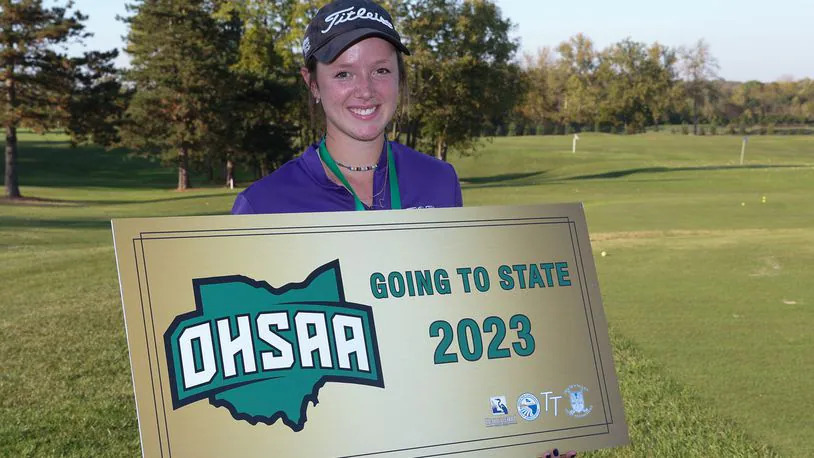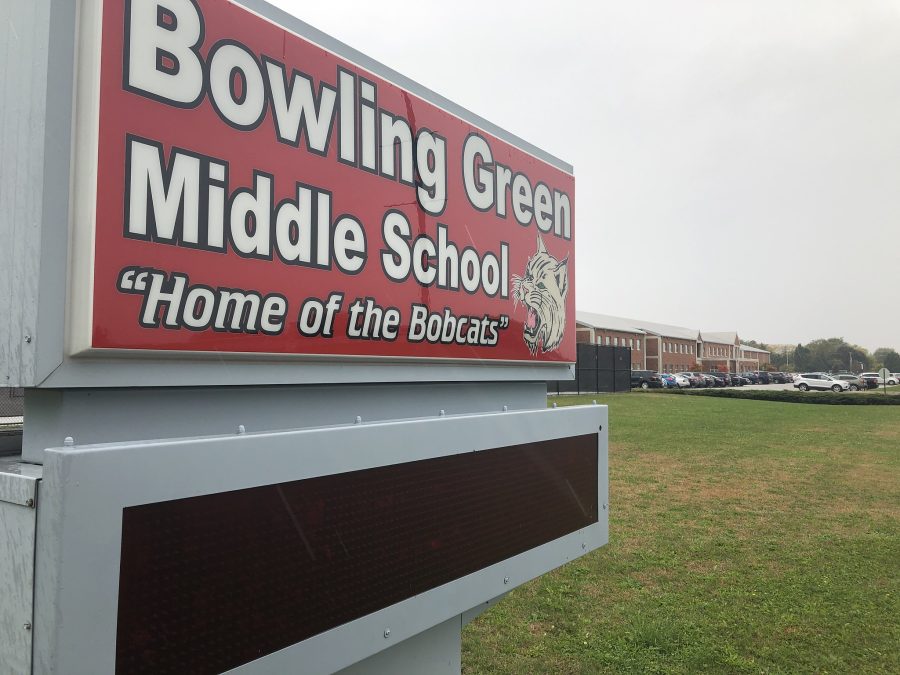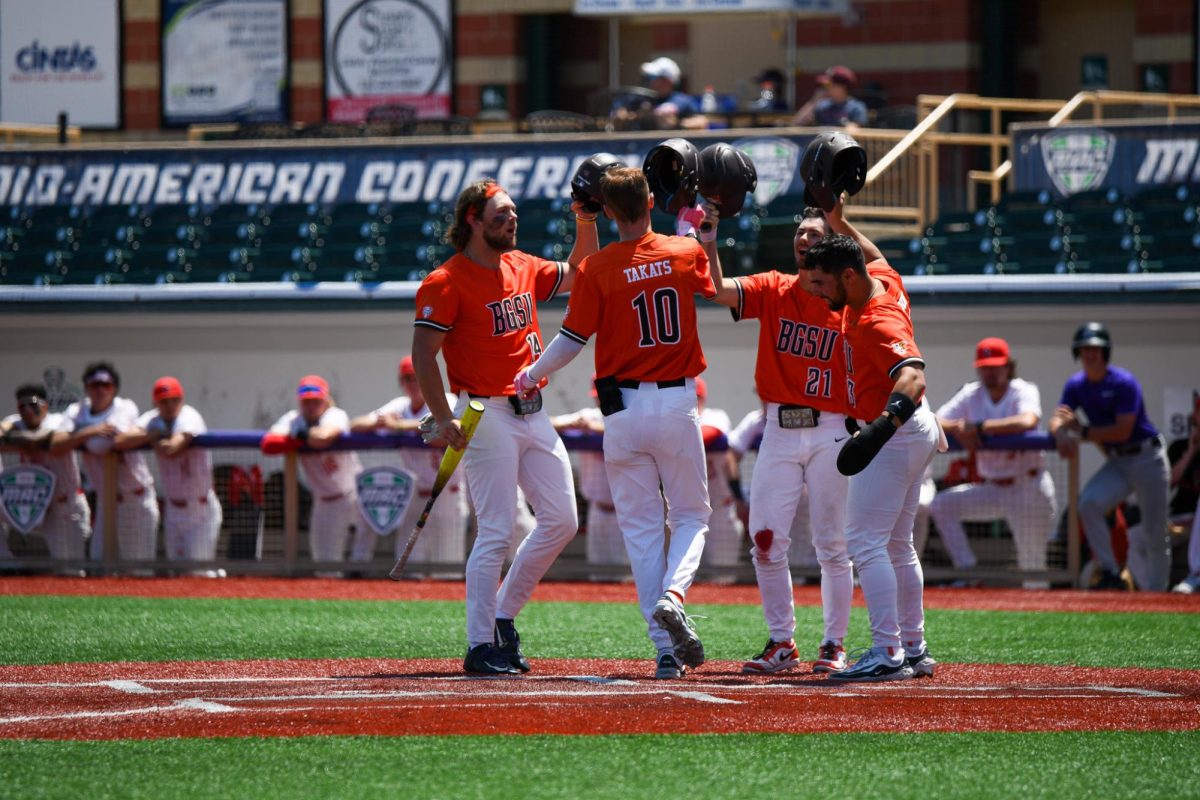It’s a happy day. Noelle has given birth to a baby. All the University of Arizona medical students who helped with the delivery are proud. For some, this is their first birthing experience – and definitely their first one with a robot.
Noelle and her baby Hal are two computerized robotic mannequins the University Medical Center purchased on a $40,000 grant from Miami-based Gaumard Scientific.
Margie Neish, the charge nurse in Obstetrics and Gynecology, works with Noelle and baby Hal and said Noelle is so life-like it’s amusing to watch the medical students who work with her.
‘It makes me laugh when Noelle says, ‘Don’t touch me!’ and it’s so lifelike that the med students look at each other and back away,’ Neish said.
Noelle says a few other things that make the simulation even more convincing. ‘It really hurts now!’ she can say, or, ‘The baby is coming!’ Noelle can say more than 20 different phrases and scream to show the pain of labor.
Noelle and baby Hal are used to simulate labor and delivery. Many complications can be simulated, including hemorrhaging and cesarean sections. Noelle can bleed and urinate as she gives birth to a non-robotic baby a bit smaller than baby Hal, who is brought in to simulate complications such as asphyxiation due to the umbilical cord being wound around his neck. He can even change colors so the medical students can diagnose what’s wrong with him.
Noelle was acquired in January 2009. The first time the medical students used her, they broke her pelvic motor, Katie Riley, a UMC spokeswoman, said. After that short hold-up, Noelle, along with the simulation robots at the UA simulation lab, have seen a lot of use.
‘People are in the simulation lab all the time,’ David Biffar, chief of Technical and Laboratory Services, said. ‘Up to 20 medical students, plus numerous residents a week. At least 3,000 individuals in the past year for more than 4,000 training hours.’
Riley said it is becoming more and more common for universities to have access to computerized robots.
Noelle is the first robot being used in the nursing department. Third-year medical students and obstetrics and gynecology residents get to work with her.
The trauma team has many different mannequins in their medical simulation department. The robots can be given anesthesia, be airlifted to simulate helicopter recoveries and be given breathing tubes. Their eyes dilate and blink.
‘Trauma training day is the best,’ Biffar said. ‘There’s lots of blood then. It gets all over the students.’
Gaumard Scientific’s philosophy is to provide innovative teaching simulators at affordable prices. They sell Noelle and baby Hal for OB-GYN practices but also provide simulators for emergency care and nursing.
There is a significant increase in what medical students can learn from hands-on practice, instead of reading it in a book, Neish said. Although Noelle was acquired on a grant, some of the other robots at UMC were bought with university funds.
Neish said working with Noelle is as ‘close to a real delivery as you’re going to get with any kind of a simulator,’ and medical students really benefit from being able to see what might go on in a delivery scenario first-hand.
Neish said it gives them a more realistic perspective and prepares them for the first time they will have to help with a delivery in real life.


















